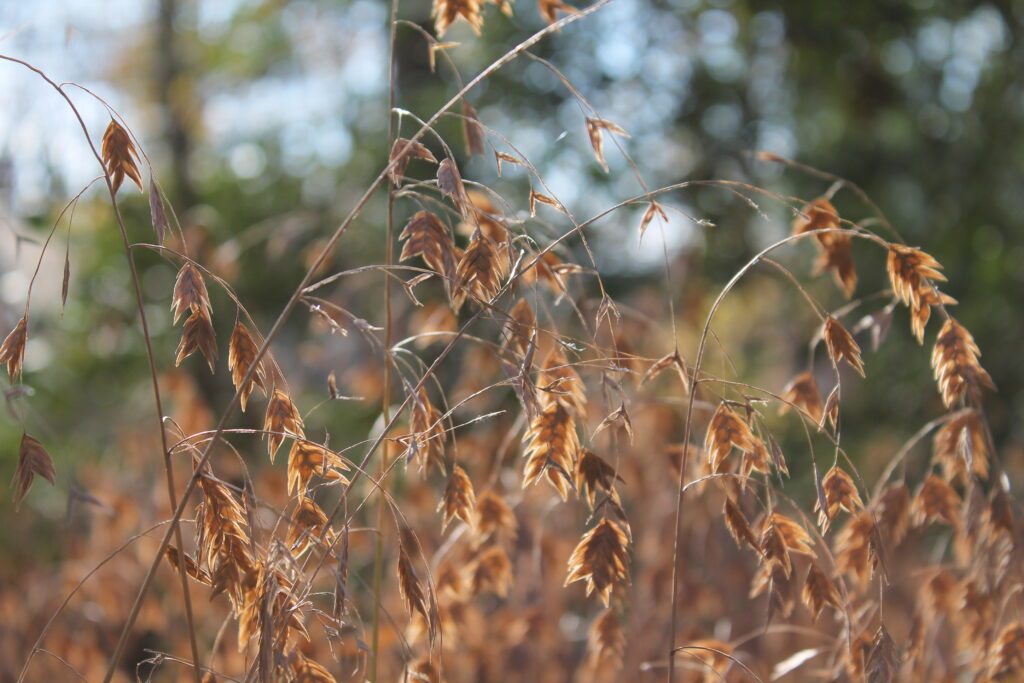As the days become longer and the soil begins to warm, perennials begin to push towards the sun. Through the next few weeks, if the snow ever subsides, we will begin to see this transformation.
Leave most perennials standing during the winter. Their dried stems add winter interest in the garden, and provide food and cover for birds and insects. But when you begin to see green at the base of these plants, it is time to remove the dried foliage. There are a variety of ways to do this.
Easily break off plants like Threadleaf Coreopsis (Coreopsis verticillata), which have very fine stems, right at the base. You won’t need any tools except maybe a pair of garden gloves.
Remove perennials such as Black-eyed-Susans (Rudbeckia fulgida), or Purple Coneflower (Echinacea purpurea), with thicker stems by a combination of methods. Break them off, grabbing several stalks at a time in one hand, and use pruners to cut away stubborn stems with the other.
Ornamental grasses can be the most labor intensive perennials to cut back. For very large clumps, tie the stalks together tightly. Then cut back to about 6 inches with either hedge shears or hand pruners. As a side note, a popular ornamental grass, Maiden Grass (Miscanthus sinensis) is now on invasive plant lists. Northern Sea Oats (Chasmanthuium latifolium), Little Bluestem (Schizachyrium scoparium) , Broom Sedge (Andropogon virginicus), and Pink Muhly Grass (Muhlenbergia capillaries), are all terrific substitutes, and are native to our region.

If you notice any perennials are dying out in the middle, it is time to divide them. Simply use a shovel to dig out about one half of the plant, and move it to the new location. Another option, and one of the great joys of perennial gardening, is to give the plants to friends. Just check around the base of the plant first to make sure you are not giving away weeds also!
After cutting back your perennials, clean-up can easy if you had the foresight to toss the dried perennials on a tarp or in a wheelbarrow as you go. Or, if you are messy like me, you can always pick up your piles with a rake. Compost this debris either on site, or take it to a local composting facility.
I always find the week or two immediately following a spring clean-up to be a bit barren in the garden. But watch carefully. It can also be a very exciting time, as different perennials push through the warming earth, with the promise of wonderful things to come.

